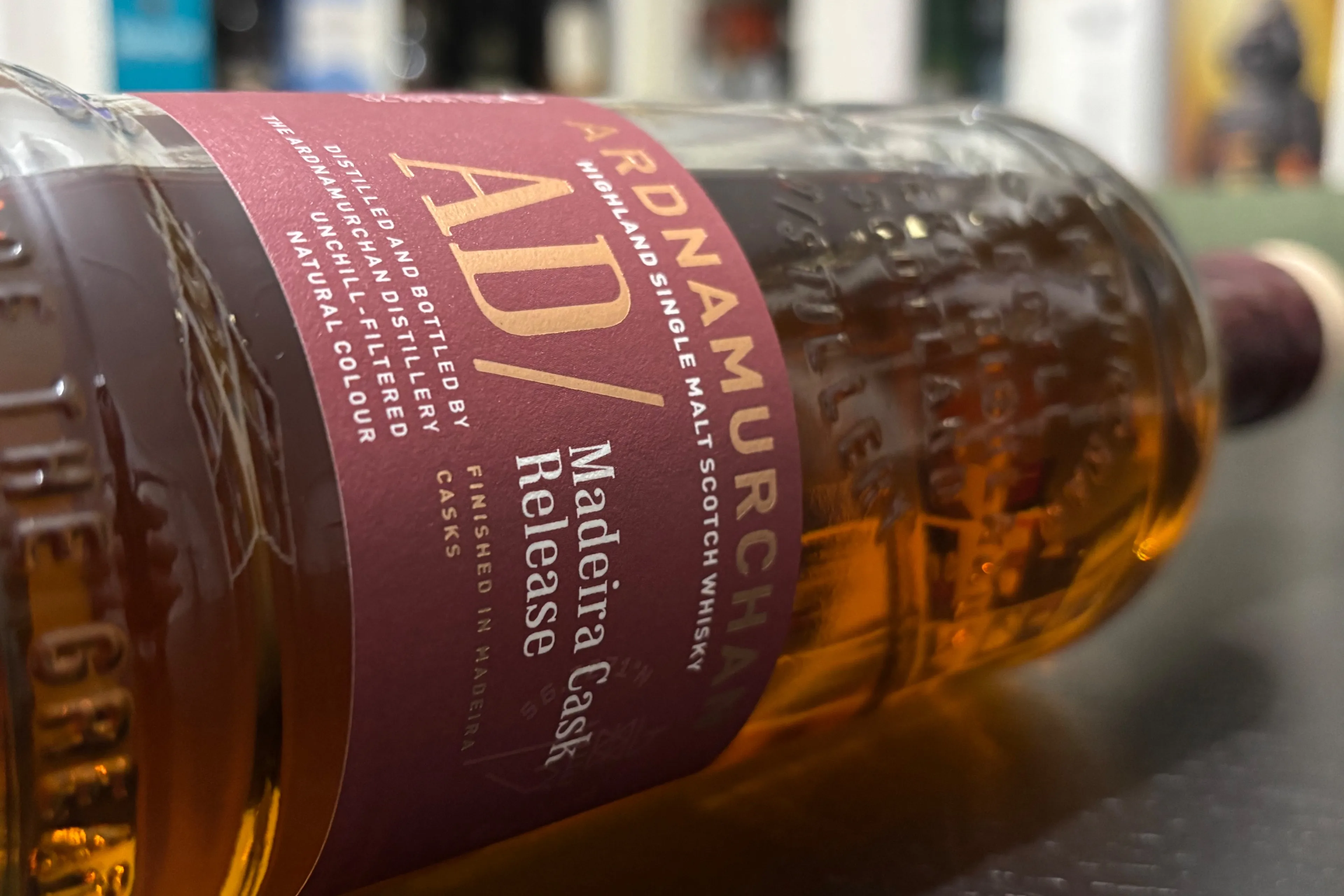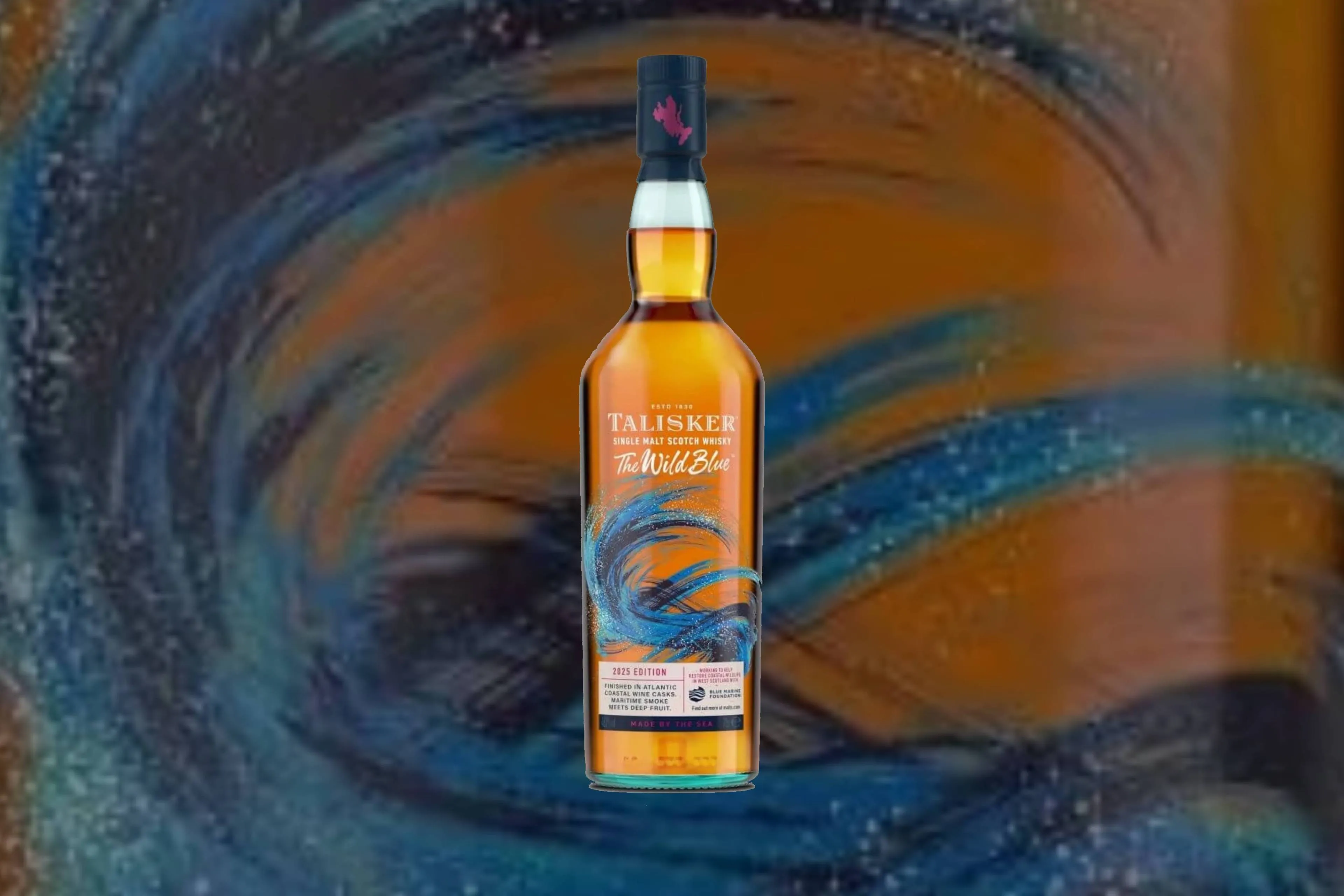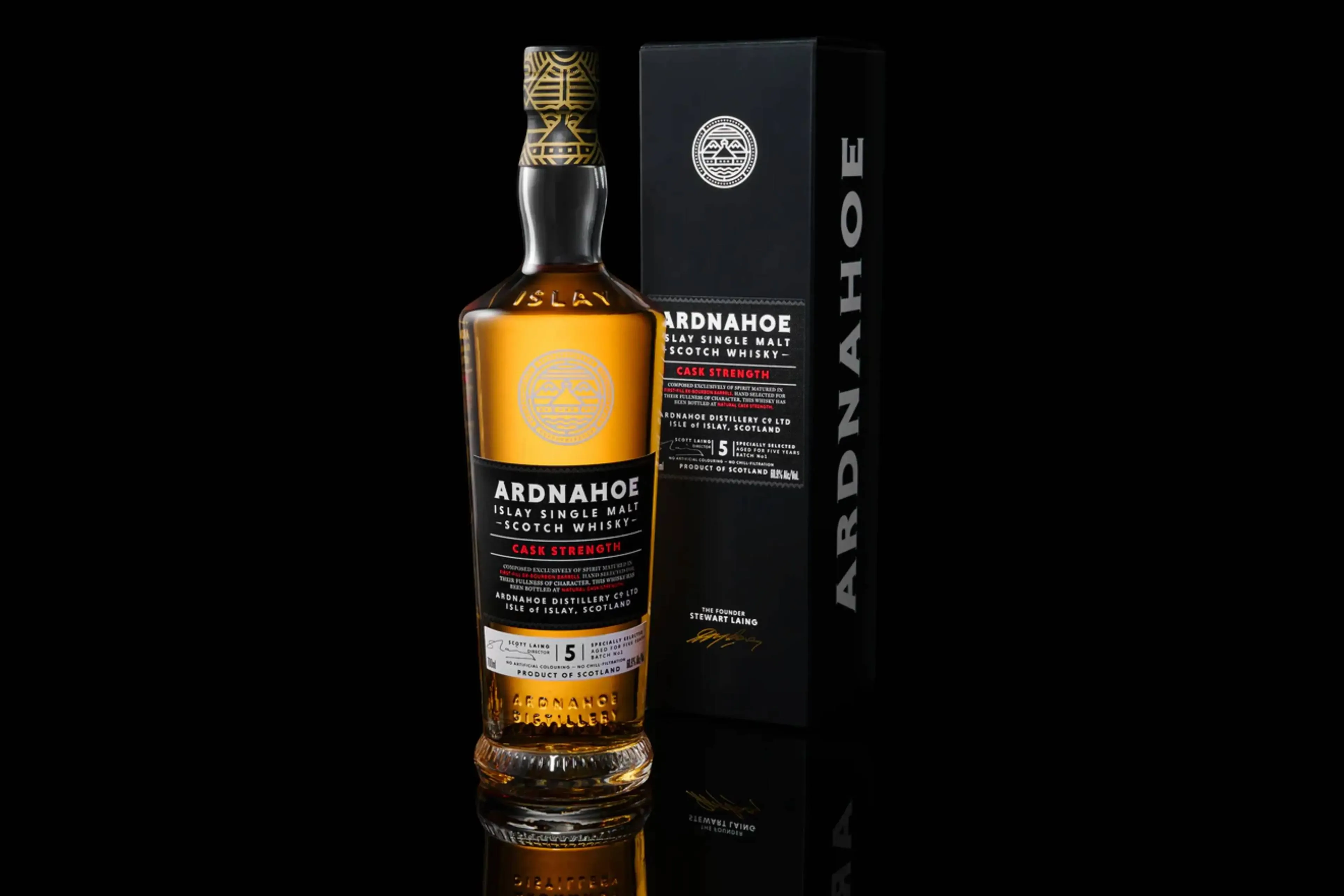UK Proof whisky vs. US Proof whiskey: the Difference Explained
SectionsSunday, 26 October 2025 at 12:10
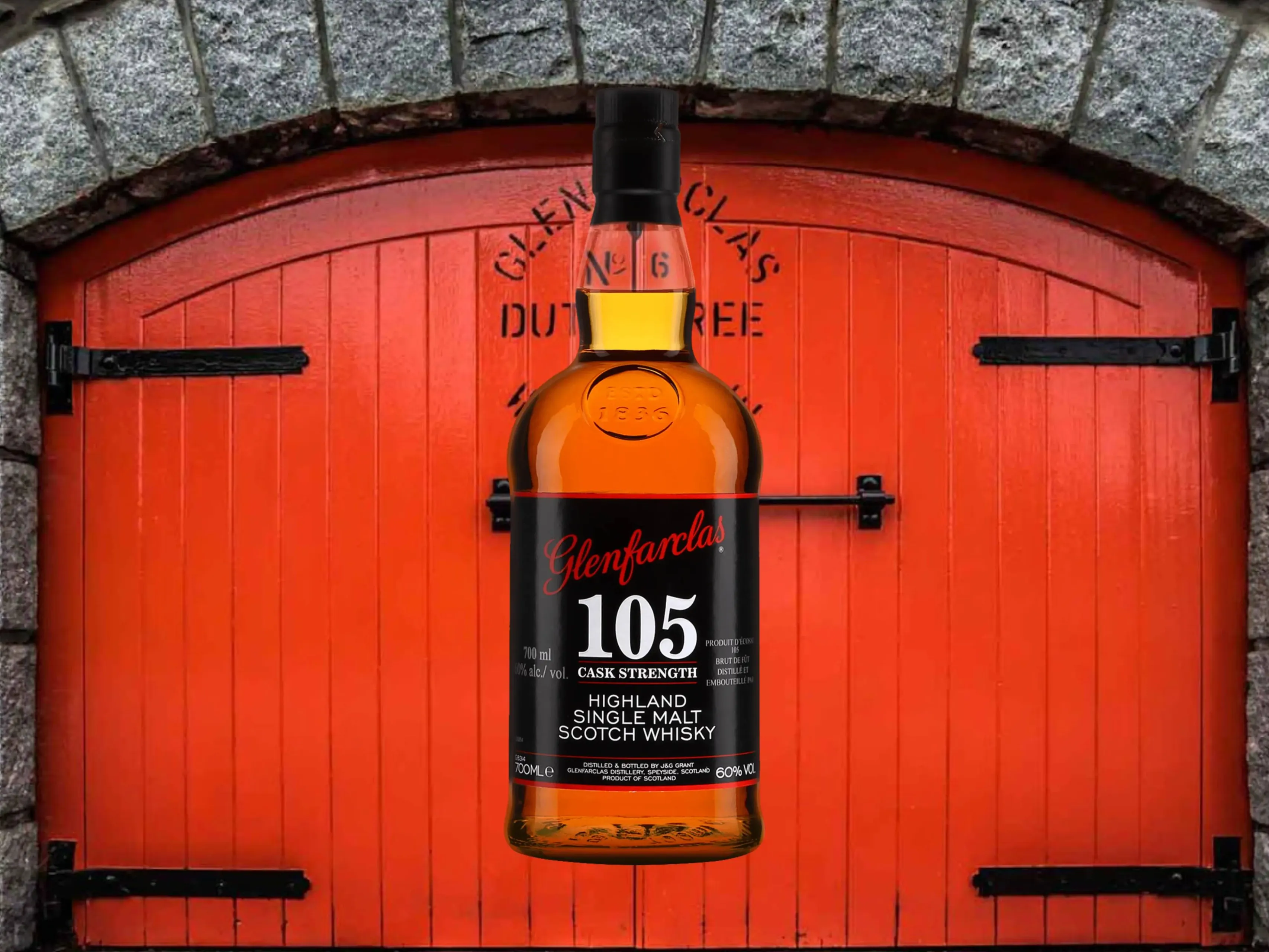
Sometimes you’ll come across a whisky that lists its strength in proof instead of ABV. Proof is another way of expressing alcohol content, but the system in the United States differs from the one historically used in the United Kingdom. Here’s how they compare.
FAQ
- What is proof?
A measure a beverage's alcohol content. - Where did proof originate from?
From the British Royal Navy. - How many versions of proof are there?
Two.
UK Proof vs US Proof at a glance
UK Proof
- Originated in the 16th century as a taxation measure.
- Since 1816, defined as roughly 1.75 times the alcohol by volume.
US Proof
- Adopted from Great Britain in 1848.
- Defined as alcohol by volume multiplied by two.
Read also
What is the UK version of Proof?
In the United Kingdom, alcohol has been taxed since the 16th century. Distillers paid tax based on the strength of their spirit.
England distinguished between over proof and under proof using the burn-or-no-burn test: they checked whether the spirit would ignite. If the distiller’s liquid sustained a flame, it was classed as over proof. If not, it was under proof.
Another way to determine whether a spirit was proof was the gunpowder test. It was just as straightforward: gunpowder was soaked with the spirit and then lit. If it continued to burn, the spirit was over proof. If it didn’t, it was under proof.
In 1816, the Proof Act formalized the scale, setting Proof at approximately 1.75 times the alcohol by volume.
Today, the United Kingdom uses alcohol by volume (ABV). Still, there’s one whisky traditionally bottled at a Proof strength: Glenfarclas 105.
Read also
What is the US version of Proof?
In the United States, proof came later. The term appeared in 1848, influenced by British colonial America. By then, gunpowder tests and similar methods had already fallen out of use in the UK.
Instead, Americans adopted a simple calculation for whiskey and other spirits: each percent of alcohol equals two proof. So a bottle at 50 percent alcohol is 100 proof.
This system is still used in the United States today. You’ll find the proof statement on every bottle of bourbon or American whiskey.
Modern regulations also require bourbon and American whiskey labels to show the alcohol by volume. This can be listed alongside the proof.
Explore our other background articles.
Read also
loading
POPULAR NEWS
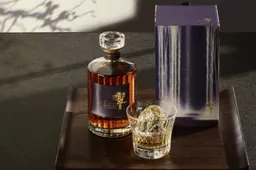
Black Friday 2025 Whiskies at The Whisky Exchange: Don't Miss These Deals

This Brand-New Whisky Distillery Was In Serious Trouble and No One Noticed

Top 10 Speyside Whiskies to Buy Now or Gift Someone
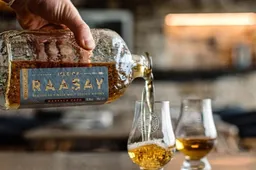
These are the Best Whiskies of 2026, According to the World Whiskies Awards
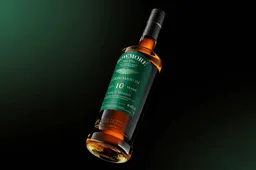
Why Aston Martin Is Suddenly Easing Off the Whisky and Betting Big on Tom Holland
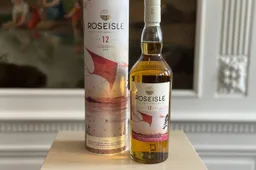
Diageo pauses malt production at a major whisky distillery

The 10 Best Whiskies for Beginners to Buy
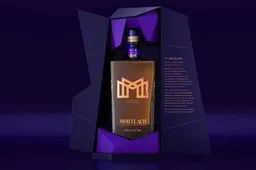
The Beast of Dufftown Unleashes a New Whisky Series Bursting With Bold Flavor

The 5 Best Indian Whiskies At a Glance
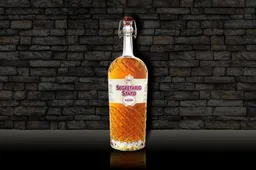
The 7 Best Whiskies from Northern Italy, All in One Place
LATEST COMMENTS
- Hi Yvonne, Thank you for your response and for sharing the video. Unfortunately, the evidence you referred to consists only of two people talking about the whisky, without any explanation or identification. We have not spoken to the individuals in the video ourselves, nor can we verify who they are. We describe it as a Chinese whisky because it is released by a Chinese distillery. As you mentioned, the distillery has chosen to label the product as “pure malt” instead of “Chinese whisky.” Based on that, we do not believe they are doing anything illegal.M0nkey16-11-2025
- So - you have the proof......where's your write up?Yvonne16-11-2025
- You are absolutely right. Luckily that doesn't matter for the taste of the whisky. Have you tried it yet?M0nkey05-11-2025
- Guess what? Finland is not part of Scandinavia.Gray105-11-2025
- Throw in the towel? You mean restructure to compete and win in a challenging industry environment.WestwardFounder21-10-2025
- There is nothing legally to prevent the English whisky GI from coming into force, it complies with all the relevant laws and the single malt definition follows the precedent of Welsh whisky and US whiskyChefBear15-10-2025
- Three emails sent (two with videos, linked to a Google Drive Share). 1. The original video. 2. The video with subtitles as it was shared on YouTube 3. Screen grab of the YouTube channel where the video was blocked due to Pernod Ricard lobbying. The story was covered on Drinks Intel at the time - link here - https://drinks-intel.com/subscriber-news/pernod-ricards-the-chuan-pure-malt-whisky-not-sourced-solely-from-china-global-drinks-intel-exclusive/Yvonne10-10-2025
- Hi Yvonne, Thank you for your interesting comment. Could you share your copy with us, so we can adjust our item accordingly? Mail us at [email protected]. Thank you in advance.M0nkey09-10-2025
- Let's keep this factually correct. Pernod Ricard DID NOT release a Chinese whisky. Their first output from The Chuan (the name of the distillery in Sichuan, China) wasn't fit for bottling. What they actually bottled was imported Scotch whisky. This is why the product is called "PURE MALT" and not "Chinese Whisky" - because Pure Malt is not a regulated term - this is not a secret. This was exposed about a week after they released it. There were even videos about their own staff on site admitting it was made from imported whisky - which Pernod Ricard got the lawyers onto to get the video pulled. I've got a copy if you want it.Yvonne09-10-2025
Loading
